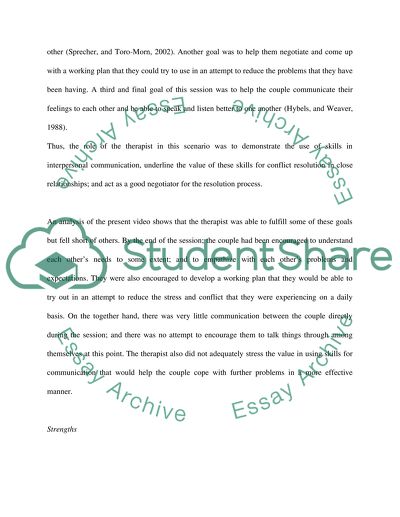Cite this document
(“Analysis of a Session Dealing with Interpersonal Communication Assignment”, n.d.)
Retrieved de https://studentshare.org/psychology/1391786-interpersonal-communication
Retrieved de https://studentshare.org/psychology/1391786-interpersonal-communication
(Analysis of a Session Dealing With Interpersonal Communication Assignment)
https://studentshare.org/psychology/1391786-interpersonal-communication.
https://studentshare.org/psychology/1391786-interpersonal-communication.
“Analysis of a Session Dealing With Interpersonal Communication Assignment”, n.d. https://studentshare.org/psychology/1391786-interpersonal-communication.


